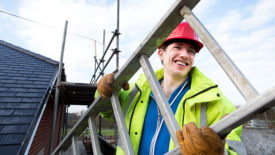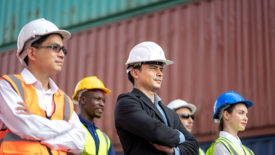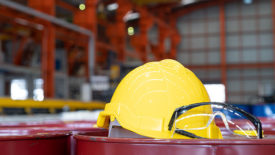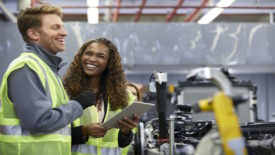Columns
New year, new attitude on safety
Best-in-class tips gleaned from experience
January 11, 2024
How many companies are psychologically safe?
Most of the attention goes to physical hazards
January 11, 2024
Get our new eMagazine delivered to your inbox every month.
Stay in the know on the latest safety trends.
SUBSCRIBE TODAYCopyright ©2024. All Rights Reserved BNP Media.
Design, CMS, Hosting & Web Development :: ePublishing











